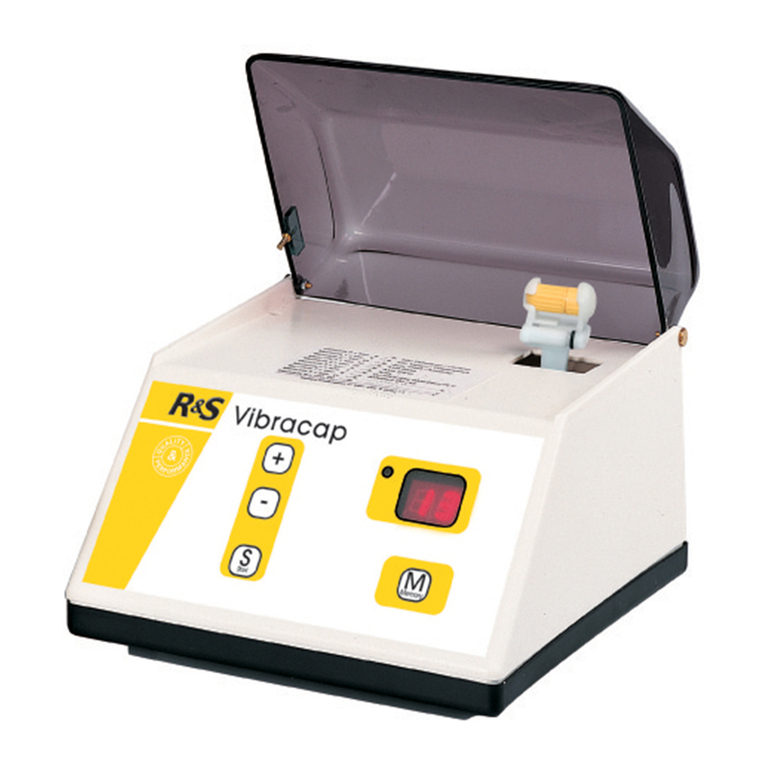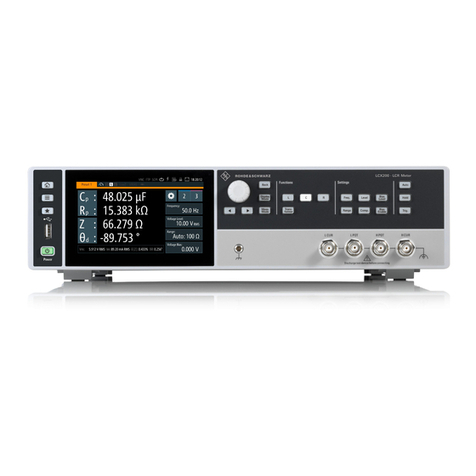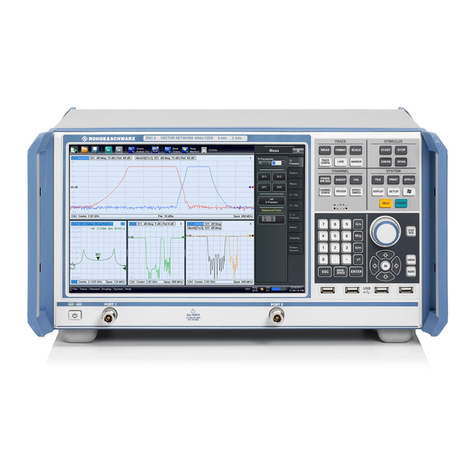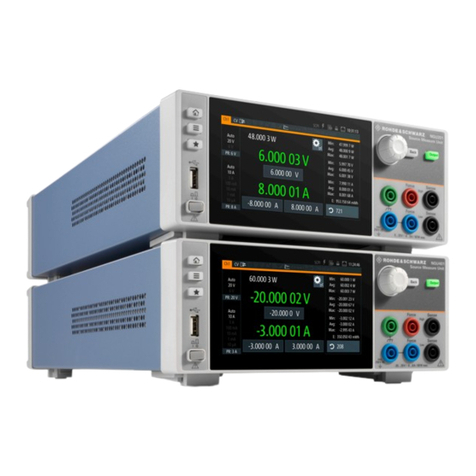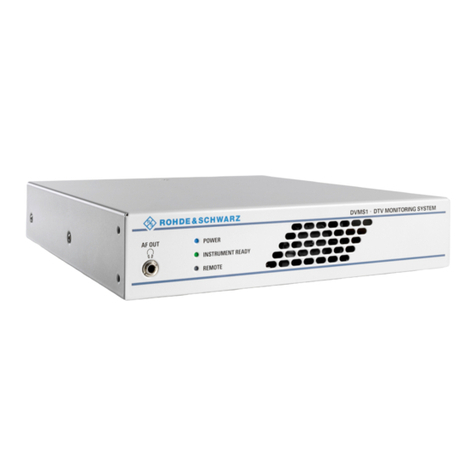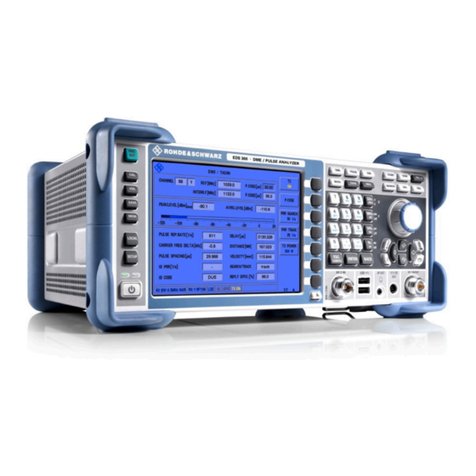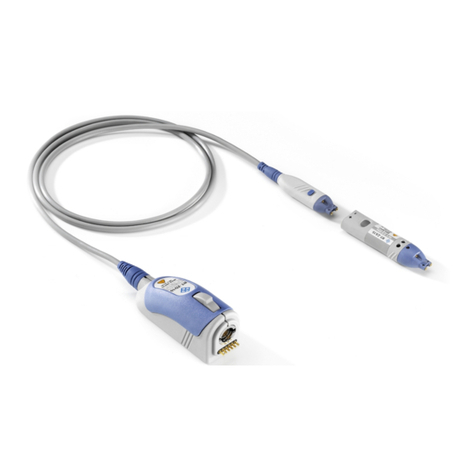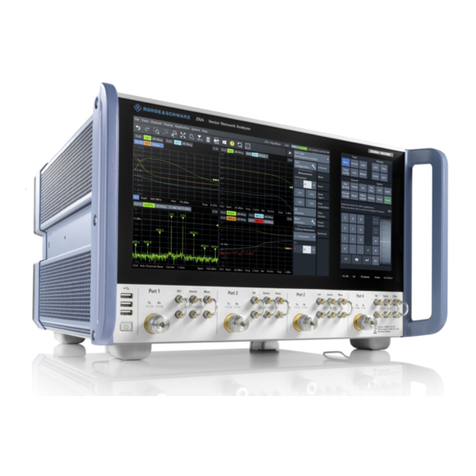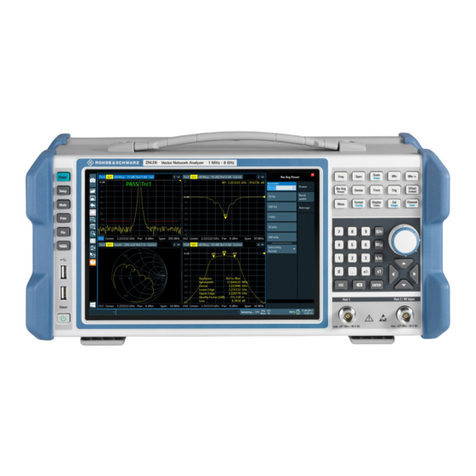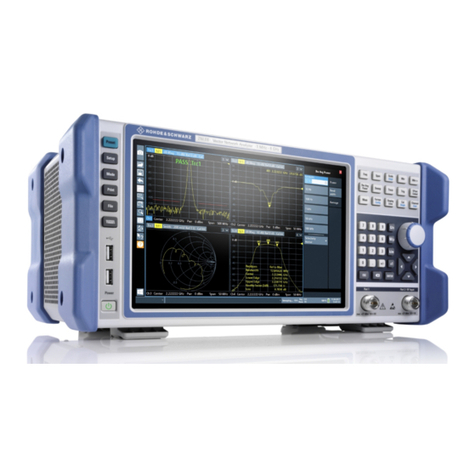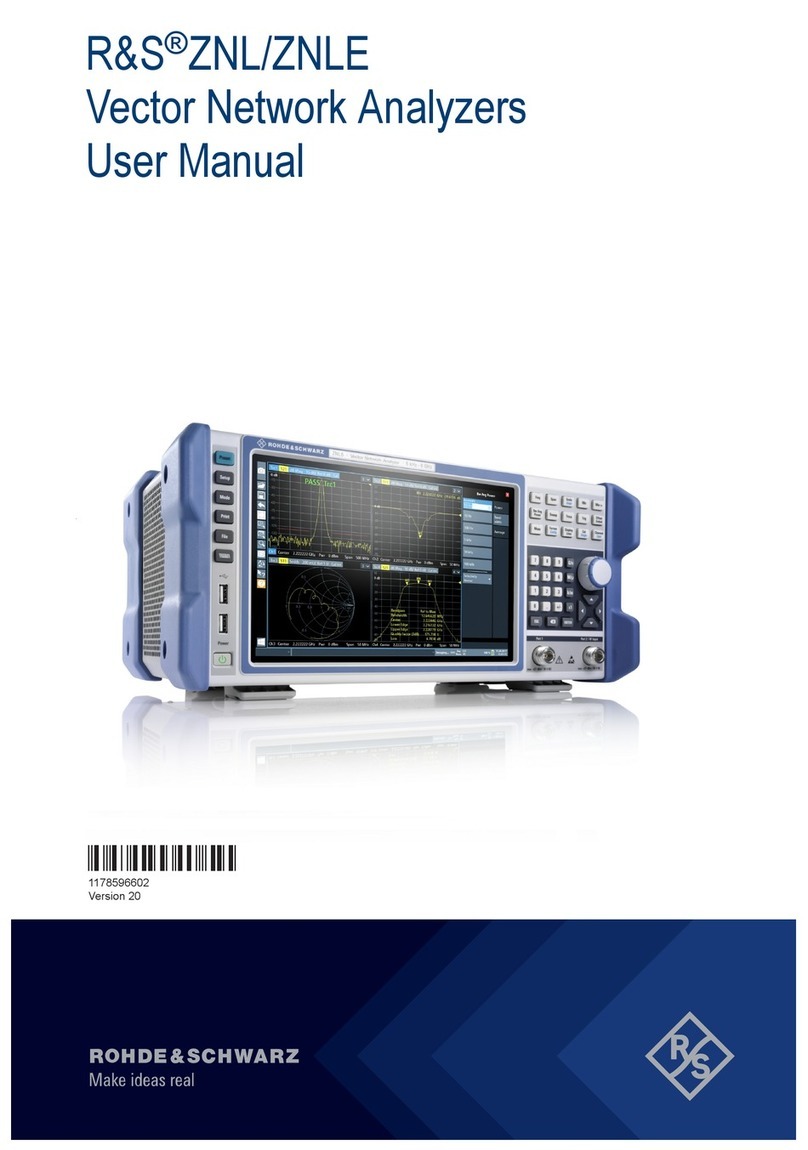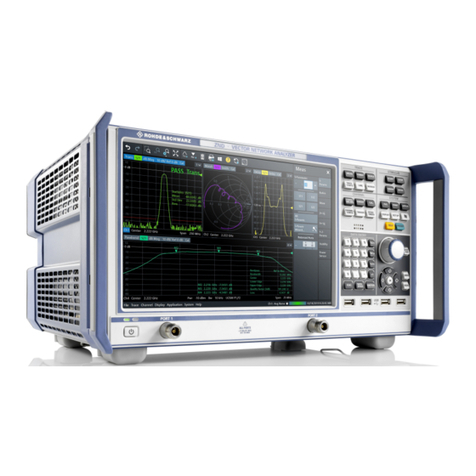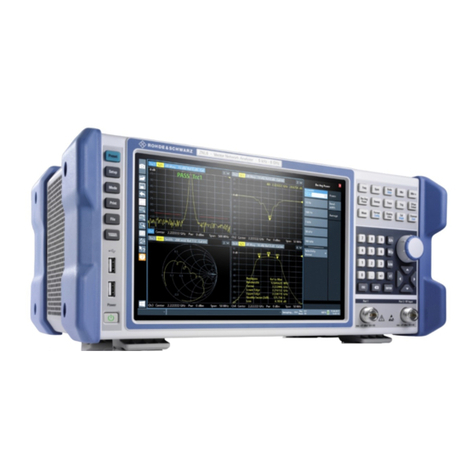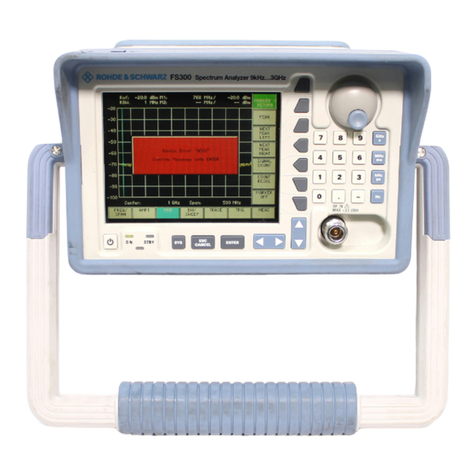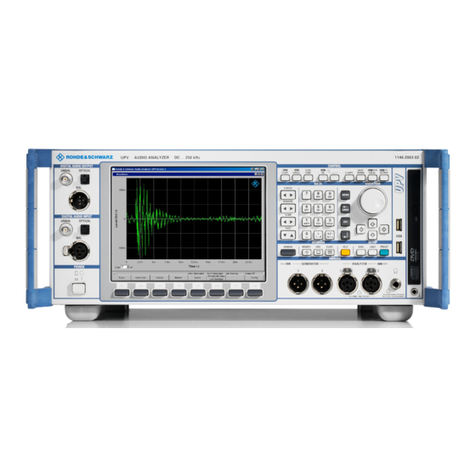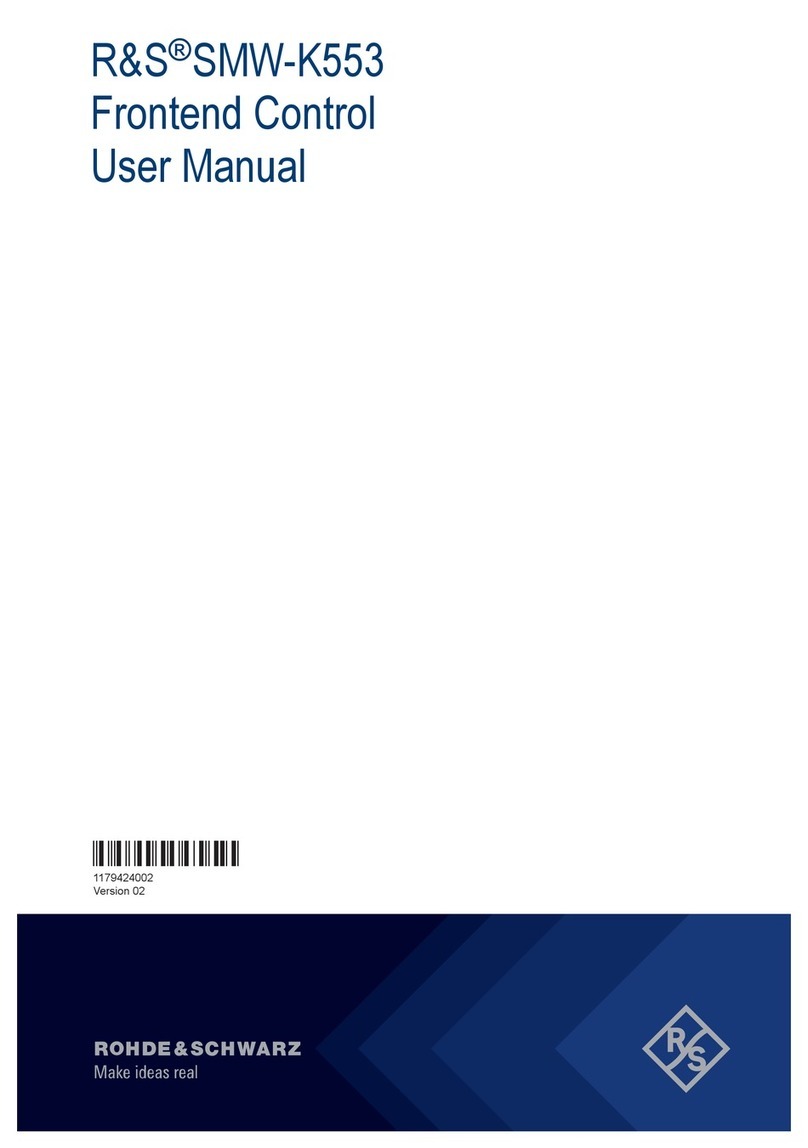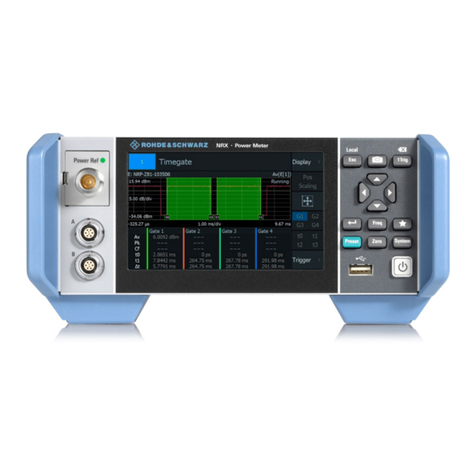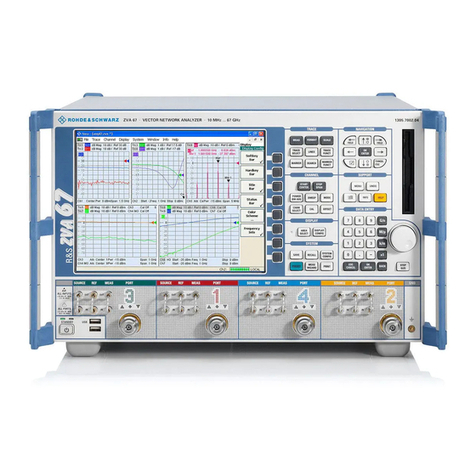
Contents
R&S®FPC
4User Manual 1178.4130.02 ─ 07
13 Measurement Wizard........................................................................... 59
14 The Spectrum Application...................................................................66
14.1 Configuration Overview..............................................................................................66
14.2 Measurements and Result Displays..........................................................................68
14.3 Frequency Configuration........................................................................................... 93
14.4 Amplitude Configuration............................................................................................ 98
14.5 Bandwidth Configuration......................................................................................... 106
14.6 Sweep Configuration................................................................................................ 109
14.7 Trigger Configuration................................................................................................112
14.8 Trace Configuration.................................................................................................. 113
14.9 Marker Configuration................................................................................................ 119
14.10 Marker Functions...................................................................................................... 125
14.11 Display Lines............................................................................................................. 129
14.12 Limit Lines................................................................................................................. 130
15 The Receiver Application.................................................................. 134
15.1 Measurements and Result Displays........................................................................134
15.2 Frequency Configuration......................................................................................... 138
15.3 Amplitude Configuration.......................................................................................... 142
15.4 Bandwidth Configuration......................................................................................... 143
15.5 Sweep Configuration................................................................................................ 144
15.6 Trace Configuration.................................................................................................. 144
15.7 Limit Lines................................................................................................................. 145
15.8 Marker Configuration................................................................................................145
16 Analog Demodulation........................................................................147
16.1 Measurements and Result Displays........................................................................147
16.2 Frequency Configuration......................................................................................... 150
16.3 Amplitude Configuration.......................................................................................... 150
16.4 Bandwidth Configuration......................................................................................... 151
16.5 Sweep Configuration................................................................................................ 155
16.6 Limits..........................................................................................................................156
17 Digital Demodulation......................................................................... 158
17.1 Measurements and Result Displays........................................................................158













